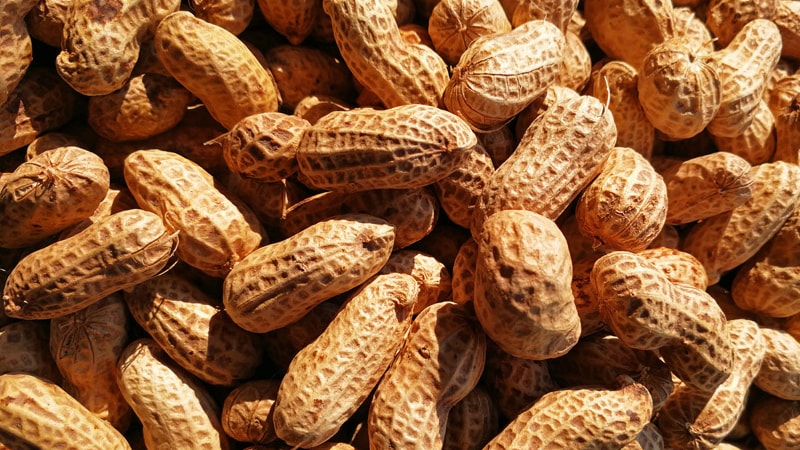Allergen disclosure legislation accurately covers the main triggers of anaphylaxis in different countries, according to a systematic review of food anaphylaxis studies.
This “first global snapshot” of regional differences in food anaphylaxis fills “a significant evidence gap” in ensuring safe global trade of food, said the study’s senior author Professor Paul Turner, from the National Heart & Lung Institute, Imperial College London, United Kingdom.
“We undertook this review and analysis to inform the current Codex [Alimentarius] review by the Food and Agricultural Organization of the United Nations (FAO) and World Health Organization,” Professor Turner told Medscape Medical News.
The Codex, a set of international food standards, includes labeling requirements for eight food groups (wheat, crustacea, egg, fish, peanut, soybean, milk, and tree nut) that are generally considered to cause over 90% of food-induced allergic reactions in most regions.
But these food groups “were decided over a decade ago, often on the basis of very limited data,” he explained.
The systematic review will inform the Codex Committee on Food Labelling as it updates allergen labeling guidelines around the world.
The review included 65 studies that provided details of specific triggers for food anaphylaxis in 41 countries among patients who either presented to a medical facility or were entered in a central registry.
The studies were from all six regions of the world as defined by the FAO: Western Europe, Central and Eastern Europe, Asia, Africa, the Mediterranean and the Middle East, and the Americas.
Data from the studies showed “significant inter-regional and intra-regional differences” in the most common triggers for food anaphylaxis. Some allergens are a common cause of anaphylaxis in multiple regions, while others are a common trigger in only some.
Overall, the study found that cow’s milk, shellfish/crustacea, peanut, and tree nuts are important causes of anaphylaxis globally, but while peanut and tree nuts are a common cause of anaphylaxis in the European, North American, and Southwest Pacific regions, these are less important causes of anaphylaxis in Asia. Additionally, while wheat is generally less common as a cause of anaphylaxis, it accounts for a disproportionate number of anaphylaxis presentations in China.
“It is reassuring that in general there was good agreement between local legislative requirements for allergen disclosure and the most common allergens causing anaphylaxis in that locality,” note the study authors, adding that “these data support the use of location-specific epidemiology to guide both public health policy and research” on food allergy.
“The study is the first to apply the robust systematic review approach to understand the types of foods that trigger anaphylaxis in different regions around the world, and whether local/regional food labeling laws cover the most common causes of serious allergic reactions in each region,” Mimi Tang, MD, PhD, commented to Medscape Medical News. She was not involved in the research. “It’s important because we should always aim for the highest quality evidence to base policy decisions on.”
Tang, who is from the University of Melbourne and the Murdoch Children’s Research Institute, Australia, said the findings are in line with previous reports and reviews of food allergy and anaphylaxis, confirming that “in all regions, the Codex covers the major allergens, which is reassuring.”
“We know that the foods causing allergy differ by region, with crustacea and fish being more common in Asia than, say, in the US, and peanut being prevalent in the US,” she said. “Interestingly, soy was not a major cause of food anaphylaxis in any region, which raises the question of whether its inclusion in the list of allergens might warrant review.”
The research was funded by a UK Medical Research Council Clinician Scientist Award to Turner, who is supported through the National Institute for Health Research Biomedical Research Centre based at Imperial College Healthcare NHS Trust and Imperial College London. He also reported grants from the UK Food Standards Agency and JM Charitable Foundation during the conduct of the study. He has received personal fees from the UK Food Standards Agency, Aimmune Therapeutics, AllerGenis, and ILSI Europe outside the submitted work. The other authors and Tang have declared no competing interests.
J Allergy Clin Immunol. Published online April 30, 2021. Full text
Follow Medscape on Facebook, Twitter, Instagram, and YouTube.
